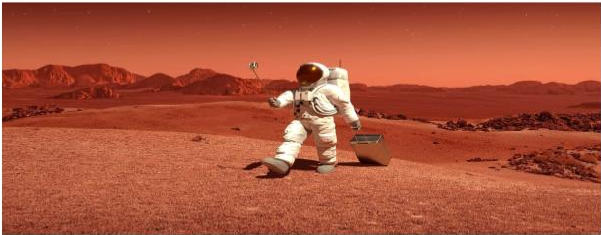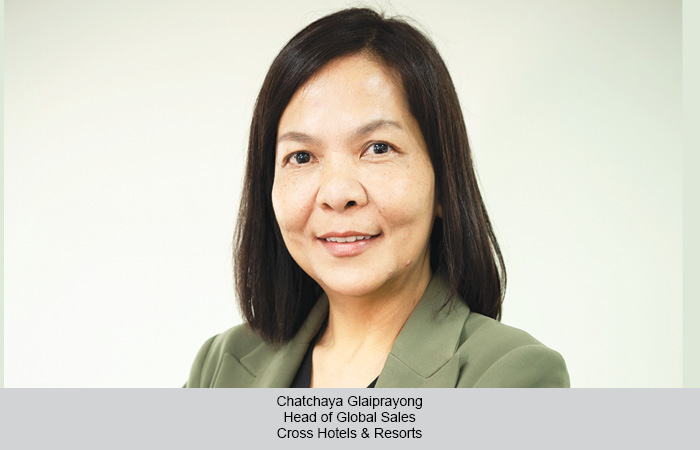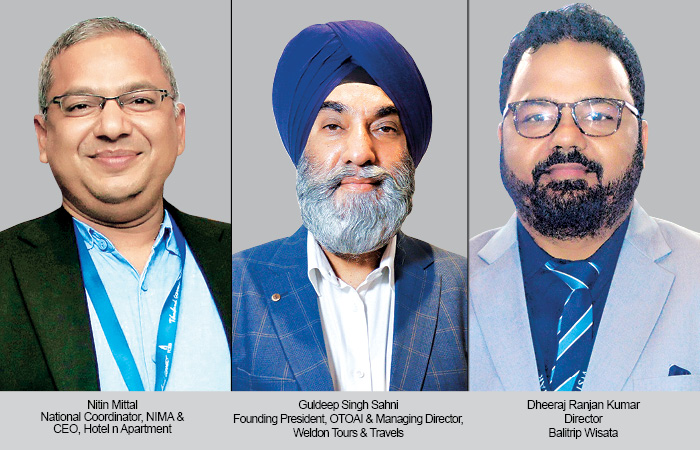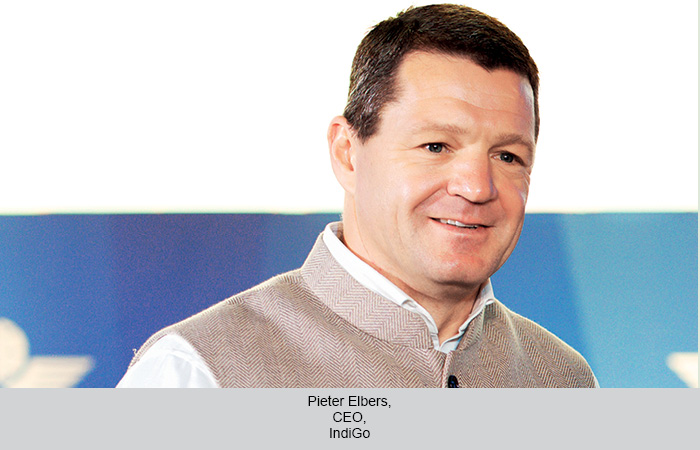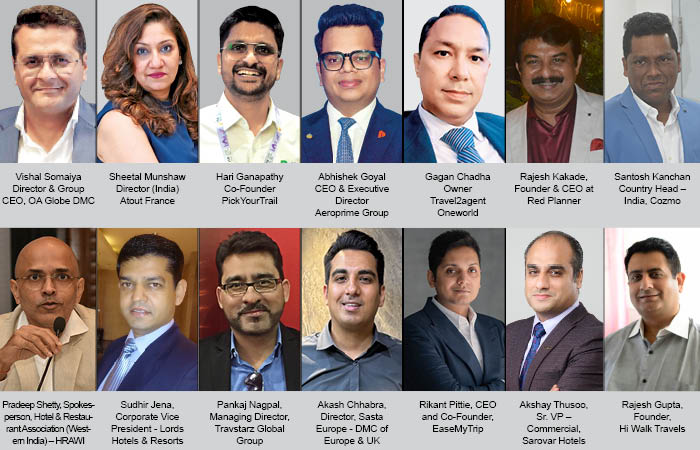Space tourism has become a reality in the 21st century, with Asian countries leading the way. India, situated in Southern Asia, showcases remarkable advancements in technology, including artificial intelligence across various sectors.
Humans have always been fascinated by exploration and travel to new destinations. Space tourism is primarily the concept of tourists soaring into space for sheer pleasure. The 21st century has made space tourism a reality. Asian countries have dominated the 21st century due to their tremendous progress in politics, economy, technology, and culture. Many Asian countries are increasing their space spending, and governments within the region are expressing interest in launching their national space programs. India lies in Southern Asia. Currently, technical advancements like robots, big data, and artificial intelligence are essential for further progress. Emerging Asian economies have produced a remarkable surge in technology during the past ten years. For instance, Indian industries are leading the world in artificial intelligence in various sectors like healthcare, agriculture, smart mobility, retail, manufacturing, energy, smart cities, education, skilling, telecommunications, and space technology.
Space tourism is now experiencing a great deal of hope and excitement among its pioneers. The attractiveness of a potentially significant unexplored market may have been the primary driving force behind the industry’s growth. Since almost all of Earth’s space has been colonized and inhabited, space is being transformed into a new exotic destination for elite groups. Chandrayaan-3, India’s mission to the moon, an unmanned spacecraft landed on the moon’s south pole on 23rd August 2023 and became the fourth country to achieve such a feat after Russia, the United States of America, and China. The chances for space travel in the future may be directly and indirectly impacted by Chandrayaan-3’s contributions to lunar exploration and study. The goal of Chandrayaan-3 is to improve knowledge of the moon’s surface and subsurface. The findings of the Chandrayaan-3 mission like the life support system will boost space colonization, space habitats, and types of space tourism like orbital space tourism, lunar space tourism, and suborbital space tourism.
The impending Chandrayaan-3 mission holds immense promise for India’s economy, technology sector, and global standing in space exploration. Beyond national pride, its success could usher in a new era of economic growth, job creation, and technological innovation. By showcasing India’s capabilities and commitment to pushing the boundaries of human knowledge, the mission can inspire future generations and strengthen the country’s position in the ever-evolving space exploration landscape. Space travel industry will turn into another area of business to try and give work to a huge number of individuals. The assembling of new and better rockets will give work to numerous gifted individuals.
The Indian Space Research Organization (ISRO) is going to establish its space station in space. This will be India’s first space station and will be fully functional by 2035. Indian space tourism possibilities are still in their early stages. India’s very own reusable and safe space tourism module is now under development and space travel will be possible by 2030 and who take the trip will also be able to call themselves astronauts (ISRO). The Chandrayaan and Mangalyaan missions were far less expensive than those of other nations that followed a similar path. As such, it is anticipated that a low-cost space tourism technique will be developed.
To act as a channel and to bring balance between the private and government space sectors union government has set up the Indian National Space Promotion and Authorization Center (IN-SPACe) in 2019. The promotion directorate wing will develop space tourism and spread awareness to the public about space technology and its benefits and role in the everyday lives of individuals. Indian Space Research Organisation (ISRO) has completed 166 missions out of which 53 missions (23 Launch vehicle missions, 23 satellite missions & 7 technology demonstration missions) have been accomplished. Under the Make-in-India initiative out of 25 sectors; space and astronomy, tourism, and hospitality have been undertaken by the government of India to facilitate investment. The first Indian to fly to space as a tourist was Santosh George Kulangara of Kerala, who paid 200,000 USD for a ticket on Virgin Galactic. As per ISRO By 2030 space tourism will be within the reach of the opulent class and the average ticket will cost around 6 crores. In India, Space tourism will be commercialized in the coming future. ISRO has ensured that it will become a reality soon. The wealthy will be able to wear space suits, board rocket-powered modules, and will travel to space.
Additionally, from an international perspective, the National Aeronautics and Space Administration (NASA) takes another concrete step toward its efforts to provide fresh nutritious food to space missions. On 10th July 2023, plants of the mustard family and Arabidopsis thaliana were successfully grown on the International Space Station under the Plant Habitat-03 mission on Mars planet. Under this mission, lettuce, Chinese cabbage, tomato, radish, and chili are being grown on the space station.
In February 2024 Hon’ble Prime Minister Narendra Modi and ISRO revealed four astronaut dream teams for Gaganyaan, India’s first manned space mission. The main mission of this mission is to demonstrate human space flight capability and if it succeeds, India will become only the fourth country to send humans into space. Ultimately this will give wings to the possibility of Indian space tourism possibilities in the coming decade.
About the Author
Dr. Vineet Kumar Sharma is a distinguished figure in Tourism and Hospitality Management at Himachal Pradesh Technical University. With a rich background in research, he focuses on sustainable tourism and strategic management. Beyond academia, Dr. Sharma mentors students and engages in community initiatives, making him a respected leader in shaping the future of tourism.
 TravTalk India Online Magazine
TravTalk India Online Magazine




